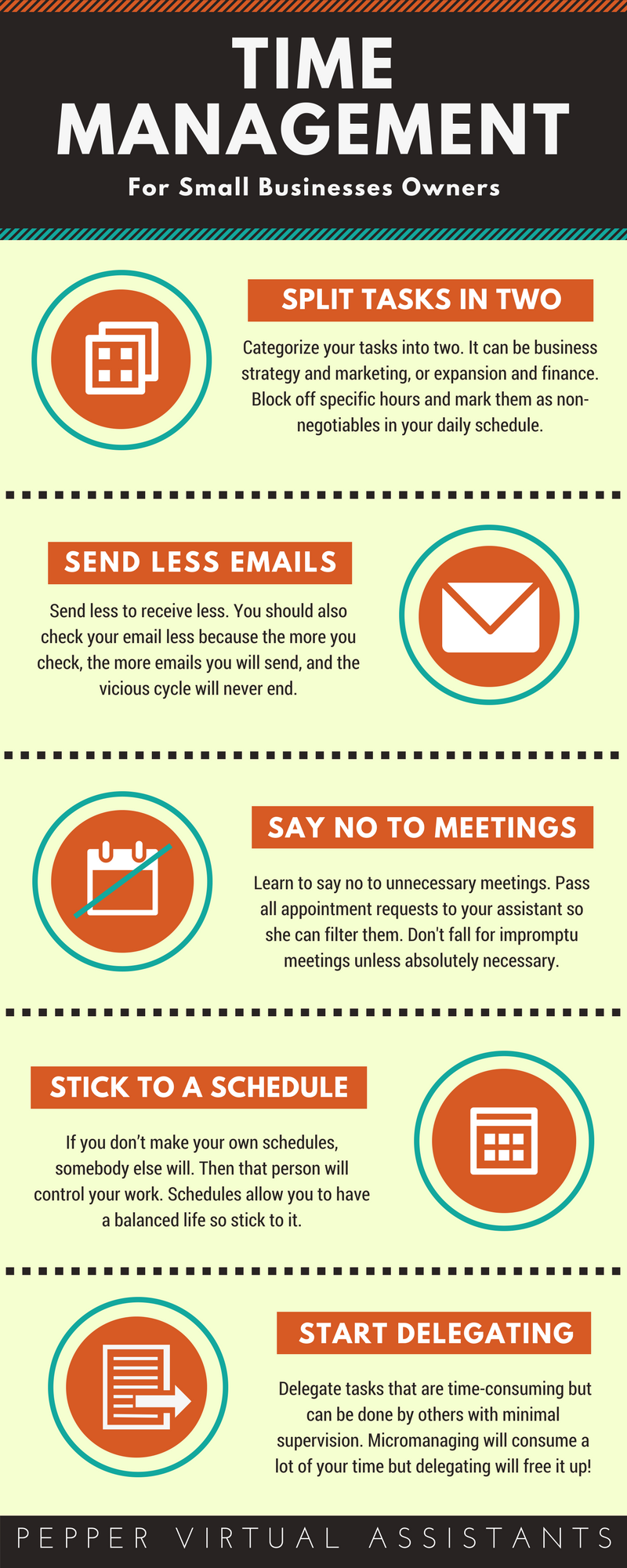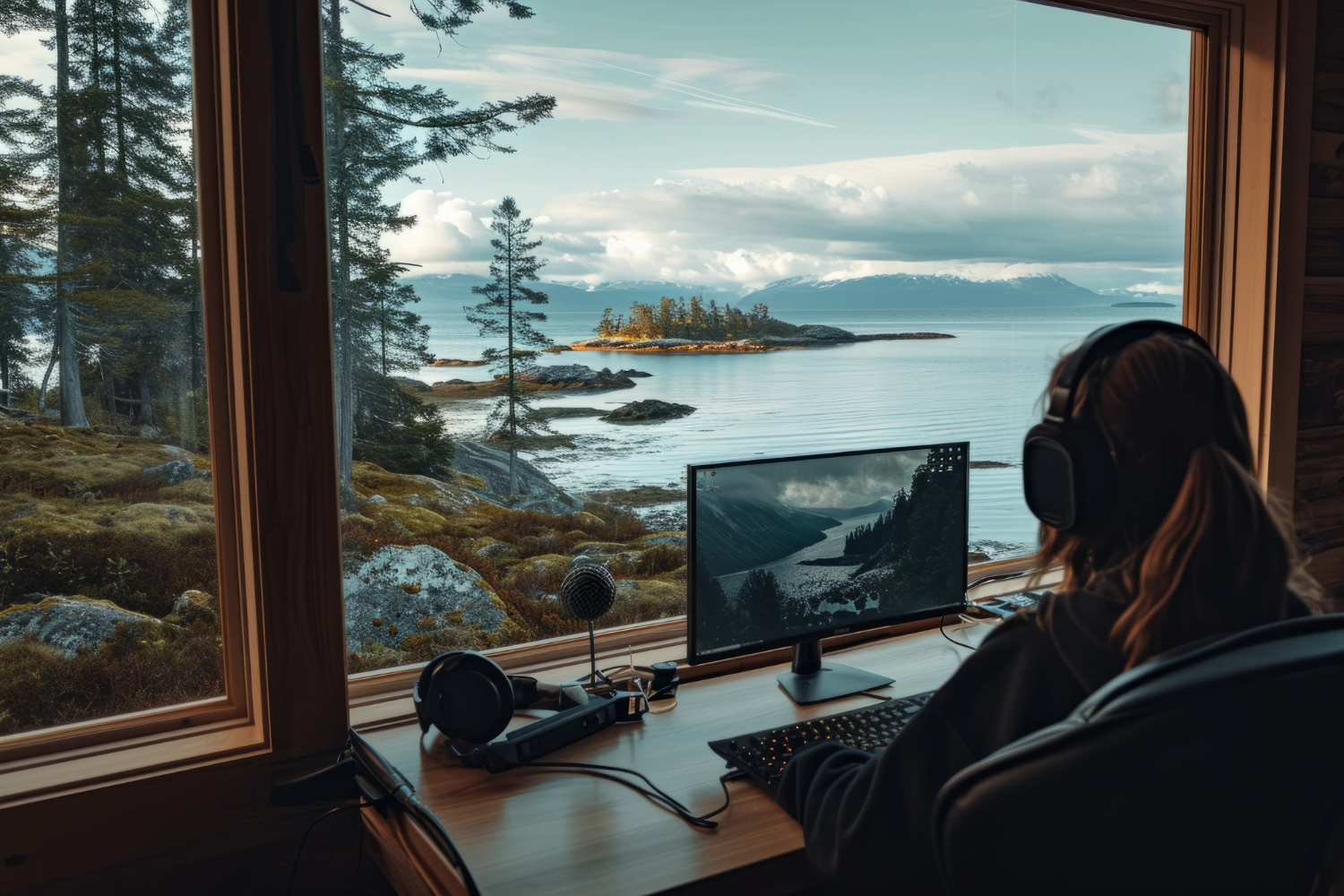In today’s fast-paced world, the way we work has transformed dramatically. No longer confined to traditional office spaces, many professionals are embracing the concept of the remote office—a dedicated workspace within the home designed to enhance productivity and work-life balance. Establishing an effective remote office requires intentional planning and the right mindset. When set up thoughtfully, your remote office can become a hub of efficiency, allowing you to achieve professional success without ever leaving your house.
The Evolution of the Remote Office
The shift towards remote work has been accelerated by technological advancements and changing workplace norms. What was once considered a perk has now become a standard practice across various industries. Businesses have realized that with the right tools and strategies, employees can collaborate and perform effectively from their remote offices. This realization has led to a reevaluation of traditional work environments and an increased focus on creating productive and modern workspaces.
Designing Your Remote Office Space: A Guide to Boost Productivity and Comfort
Creating a functional remote office involves more than just placing a desk and chair in a room. It’s about setting up an environment that encourages focus, reduces distractions, and promotes physical well-being. Whether you’re working from home full-time or managing a hybrid schedule, your workspace design can greatly impact your performance and mindset.
1. Choose the Right Location
Start by selecting a dedicated space in your home where you can work without interruptions. Ideally, this should be a quiet area, away from high-traffic zones like the kitchen or living room. If possible, choose a room with a door to create clear boundaries between your work life and home life. This not only helps minimize distractions but also supports better work-life balance.
Tip: If space is limited, consider using a corner in a bedroom or converting a closet into a mini office (also known as a “cloffice”).
2. Invest in Ergonomic Furniture
Your comfort during long work hours is crucial, and the right furniture makes all the difference. Invest in an ergonomic chair that supports your back, neck, and posture. Pair it with a desk that allows your arms to rest at a 90-degree angle while typing and keeps your monitor at eye level.
Ergonomic essentials to consider:
- Adjustable office chair with lumbar support
- Sit-stand desk or desk converter
- Footrest to relieve pressure on legs
- Wrist rests for keyboard and mouse
3. Prioritize Good Lighting
Lighting has a significant impact on productivity and eye health. Natural light is ideal as it helps reduce eye strain and boosts your mood. Position your desk near a window, but avoid direct glare on your screen.
If natural light is limited, invest in adjustable LED lamps that mimic daylight. Look for options with brightness and color temperature controls so you can adapt to various times of the day.
Bonus tip: Add task lighting for reading or video calls and ambient lighting to soften the overall atmosphere.
4. Minimize Clutter and Stay Organized
A clutter-free workspace contributes to mental clarity and reduces feelings of overwhelm. Keep only essential items on your desk and store the rest in drawers, shelves, or organizers.
Simple ways to keep your workspace organized:
- Use cable organizers to manage cords
- Invest in desktop organizers for pens, papers, and tools
- Go paperless when possible using digital tools and apps
- Schedule weekly clean-up sessions to maintain the space
5. Add Personal Touches for Inspiration
While functionality is key, don’t forget to add elements that make your space inviting and uniquely yours. A few personal touches can boost creativity and make your remote office a space you enjoy spending time in.
Ideas to personalize your workspace:
- Framed art, prints, or motivational quotes
- Indoor plants for a touch of nature and air purification
- A cozy rug or cushions for added comfort
- Your favorite mug or a small bookshelf with go-to resources
6. Ensure Strong Connectivity and Tech Setup
Your tech setup should support seamless workflow. Make sure your internet connection is fast and reliable, especially for video conferencing and cloud-based work. Use noise-canceling headphones for calls, and consider a second monitor for multitasking.
Other helpful tools:
- Backup storage solutions like external drives or cloud storage
- Webcam with HD resolution
- External microphone for clear audio
- Surge protector or UPS to protect your equipment
Equipping Your Remote Office with Essential Technology
A reliable internet connection is the backbone of any remote office. Without it, tasks like video conferencing and accessing cloud-based applications become challenging. Equip your remote office with essential tools such as a dependable computer, noise-canceling headphones, and necessary software applications. Utilize communication platforms like Zoom or Microsoft Teams to stay connected with colleagues, and project management tools like Trello or Asana to keep track of tasks and deadlines. Ensuring your remote office is technologically equipped will facilitate seamless workflow and collaboration.
Establishing a Productive Routine in Your Remote Office

Working from a remote office offers flexibility but also requires discipline. Establishing a consistent routine helps delineate work hours from personal time. Start your day at the same time, plan regular breaks to avoid burnout, and set clear boundaries to prevent work from encroaching on your personal life. Time management techniques, such as the Pomodoro Technique, can be effective in maintaining focus and productivity. By creating a structured schedule, you can maximize the benefits of your remote office.
Overcoming Challenges of the Remote Office
While the remote office offers numerous advantages, it also presents unique challenges. Feelings of isolation can arise due to the lack of social interaction. To combat this, schedule regular virtual meetings and social interactions with colleagues. Distractions at home can also impede productivity; setting clear boundaries with household members and creating a dedicated workspace can help mitigate this issue. Staying motivated requires setting clear goals and celebrating achievements, no matter how small. By proactively addressing these challenges, you can create a remote office environment that supports your professional and personal well-being.
Maintaining Mental and Physical Health in Your Remote Office
Working remotely has many perks, but it also comes with unique challenges, particularly when it comes to staying healthy—both mentally and physically. Your home office shouldn’t just be a place to check tasks off your list; it should be a space that nurtures your overall well-being. By making small, intentional adjustments, you can create a healthier and more fulfilling remote work environment.
1. Create a Positive Atmosphere with Uplifting Elements
Your surroundings can have a powerful impact on your mental state. A well-decorated and personalized space can inspire positivity, creativity, and motivation. Adding elements that bring you joy makes your office feel like a place you want to be, not just have to be.
Ideas to uplift your workspace:
- Indoor plants: Improve air quality and bring calming energy
- Personal artwork: Display pieces that spark inspiration
- Photographs or mementos: Remind you of loved ones and good times
- Scent diffusers or candles: Promote a sense of calm and focus
Creating a visually pleasing environment can reduce stress and make the workday feel less rigid and more enjoyable.
2. Prioritize Regular Movement
Remote work often leads to long hours of sitting, which can take a toll on your physical health. It’s essential to incorporate movement into your daily routine to avoid stiffness, fatigue, and long-term health issues.
Simple ways to stay active:
- Stretch every hour: Even a quick 5-minute stretch can boost circulation
- Take walking breaks: Walk around your home or outside for fresh air
- Desk exercises: Try leg lifts, shoulder rolls, or seated yoga
- Standing desk sessions: Alternate between sitting and standing during your workday
Setting reminders to move can make physical activity a seamless part of your routine.
3. Incorporate Mindfulness and Mental Health Practices
Stress and burnout can sneak up on remote workers, especially without the social interaction and structure of a traditional office. Building mindfulness into your day helps cultivate focus, emotional resilience, and a sense of calm.
Mental health tips for remote workers:
- Start the day with meditation: Even 5–10 minutes of deep breathing can center your mind
- Use mental wellness apps: Try tools like Headspace, Calm, or Insight Timer
- Journal your thoughts: A great way to process stress and track your mood
- Practice gratitude: Keep a list of things you’re thankful for to boost positivity
Mindful habits can help you stay grounded and reduce anxiety throughout your workday.
4. Establish Healthy Boundaries Between Work and Life
One of the biggest challenges of remote work is maintaining a clear separation between your professional and personal life. Without proper boundaries, it’s easy to overwork and overlook the importance of rest.
Tips to maintain balance:
- Set consistent work hours: Start and end your day at regular times
- Create a “shutdown ritual”: Signal the end of your workday with a walk, a stretch, or a change of clothes
- Avoid working from bed or couch: Keep work zones distinct from relaxation areas
- Communicate your schedule: Let household members know when you’re available and when you’re not
Clear boundaries protect your mental energy and help you recharge outside of work hours.
5. Nourish Your Body with Healthy Choices
Your physical health is directly tied to your energy and productivity levels. Eating well and staying hydrated supports better focus, reduces fatigue, and keeps your immune system strong.
Healthy habits to adopt:
- Stay hydrated: Keep a reusable water bottle at your desk
- Avoid excessive caffeine or sugary snacks: They lead to energy crashes
- Plan nutritious meals and snacks: Prep ahead to avoid junk food temptations
- Take proper lunch breaks: Step away from your screen and eat mindfully
Treat your body well, and it will return the favor with better performance and stamina.
Personalizing Your Remote Office

One of the advantages of a remote office is the ability to personalize your workspace. Unlike traditional office settings, you have the freedom to design a space that reflects your personality and preferences. Whether it’s choosing a color scheme that inspires you, adding decorative items that make you happy, or setting up your desk in a way that suits your workflow, personalizing your remote office can make it a more enjoyable and motivating place to work.
The Future of Remote Offices
As remote work continues to gain popularity, the concept of the remote office will evolve. Emerging technologies like virtual reality workspaces and AI-powered productivity tools are set to revolutionize the way we work from home. Companies are increasingly recognizing the benefits of remote work and are investing in resources to support employees’ home office setups. Staying informed about these trends and being adaptable will ensure that your remote office remains a productive and innovative space.
Conclusion
Creating an effective remote office is a dynamic process that involves thoughtful design, the right technology, and a commitment to routines that promote productivity and well-being. By addressing the challenges and leveraging the benefits, your remote office can become a space where you thrive professionally and personally. Embrace the flexibility and opportunities that come with working from home, and transform your remote office into a cornerstone of your success.
Andrea Balint is a writer and researcher focused on human behavior, workplace psychology, and personal growth. Through her work at CareersMomentum, she explores how mindset, leadership, and emotional intelligence shape modern careers. With a background in communication and HR development, she transforms complex ideas into practical insights that help readers build clarity, confidence, and professional purpose.
